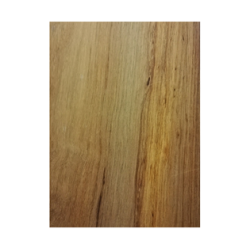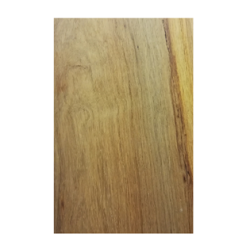Senegal Rosewood / Kosso

Family: Fabaceae / Papilionoideae - Order: Fabales - Class: Magnoliopsida
Scientific name: Pterocarpus erinaceus
Trade name: Lancewood, African teak, African rosewood, Senegal
rosewood and Cornwood.
Also
known as Gambia gum, African
kino, African
teak, molompi
wood tree, kino tree, African gum
Origin:
Central and Western Africa.
Instrumental
uses:
Guitar back and sides,
fingerboards, bridges, head plates and bindings.
Tonal
properties:
Has
a very powerful sound; complexity, and richness in tone. Strong and tight
basses, with softer midrange, crystal clean and smooth on high frequencies.
Produces a very projective sound; even slightly mellow. Great for Classical and
acoustic Jazz guitars.
Used
in fingerboards, is a very good partner to harsh woods, finding the balance to
excessive crispy guitar sets.
The
grain is interlocked with a medium texture which helps very much on the
resonance and sustain overall.
The
wood is rather difficult to saw and work, gluing can be difficult because of
the presence of exudates in the wood but finishes very well.
The wood is moderately
heavy, is very stiff and very resistant with an average
dried weight nearly of - 940 kg/m3.
It
is native from the savanna zone, from Senegal and Gambia to Chad and the
Central African Republic.
Is
a Deciduous small tree up to 15(–25) m tall; bole straight, cylindrical and
branchless for up to 10 m under good conditions but often twisted, fluted and
low-branched under poorer conditions, up to 75(–100) cm in diameter, slightly
buttressed; bark surface greyish brown to blackish, fissured and scaly, inner
bark yellowish brown, with reddish streaks, exuding a reddish translucent gum
on slashing; crown rounded, open; twigs densely short-hairy when young.
The heartwood is
yellowish brown to reddish brown, often with purplish brown streaks, and
distinctly demarcated from the 2–5(–8) cm thick, yellowish or pale
cream-coloured sapwood.
CITES status
is protected on the
Appendix II. Is reported on the IUCN
Red
List as endangered.
Gallery Photos




